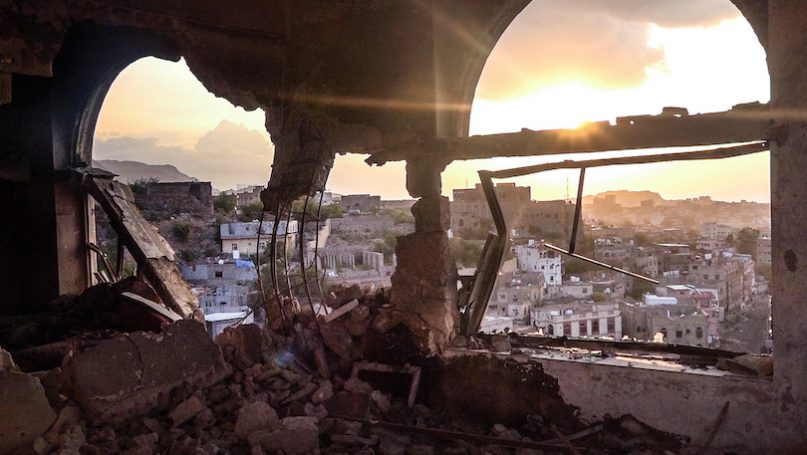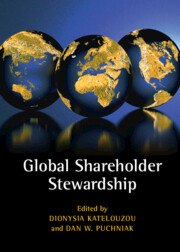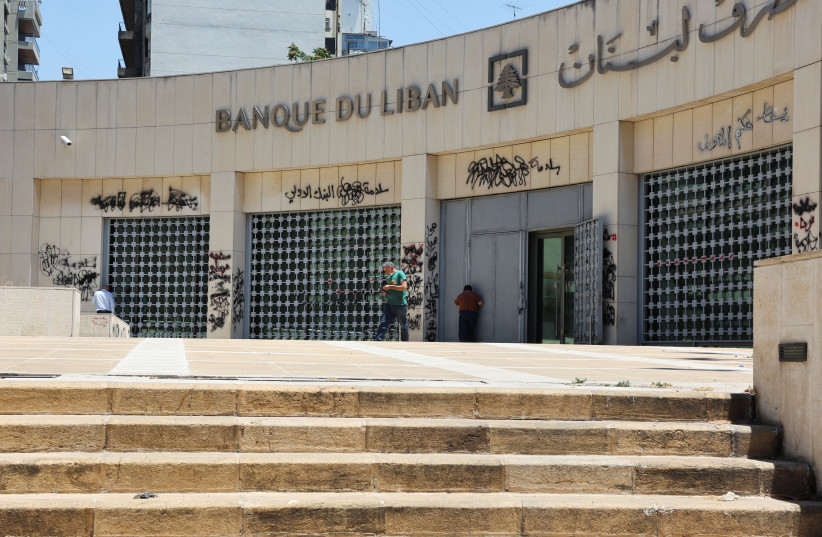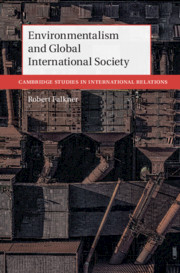BY MILLIE BRIGAUD

SEPTEMBER 25, 2022
Giorgia Meloni is expected to be voted in as Italy’s first female PM. Although this achievement ought to be celebrated, a Meloni victory will threaten Italy’s democracy by normalizing her party’s neofascist platform and shifting the country’s political spectrum to the right, writes Millie Brigaud.
iorgia Meloni of the Brothers of Italy political party is expected to be voted in as Italy’s first female prime minister this Sunday, September 25. Although this achievement ought to be celebrated, a Meloni victory will threaten Italy’s democracy by normalizing her party’s neofascist platform and shifting the country’s entire political spectrum to the right.
Whether Meloni wins or not, her party has moved from a fringe party to a legitimate contender in Italian elections. Brothers of Italy won less than 2% of the vote in 2008 and 2013, and only 4% in 2018. Now polls predict 24% of the votes will go to Brothers of Italy on Sunday.
Italy risks experiencing something similar to Éric Zemmour’s recent run for the French presidency. Le Pen—who was once feared by both the left and the right—now appears moderate compared to Zemmour’s right-wing extremism.
Le Pen proposed a ban on wearing hijabs in public, toughening family reunification and nationality laws, and withdrawing from the euro and Schengen agreements, but Zemmour one-upped her. Beyond promoting hardline policies on immigration, he has been convicted for hate speech and inciting racial violence three times. Zemmour publicly supports the racist conspiracy theory that white Europeans are being “replaced” by non-white immigrants. He has also been accused of sexual assault numerous times.
Le Pen’s National Rally party has become mainstream over time, enabling a candidate like Zemmour to take her place as the fringe extreme-right leader. In this last election, Le Pen could finally rebrand herself as moderate, standing up to Zemmour’s sexism and violence. There is reason to fear this could happen in Italy, too.
Moving from the Margins to the Mainstream
Women are not immune to far-right ideology. They have been turned off, however, by the extreme-right’s political style and brutality.
Recently, women leaders are transforming their parties’ identities to appeal to wider audiences. Le Pen kicked her father out of his own party, condemned racism and antisemitism, and eventually changed the name of the party. Meloni counters her party’s stereotypes, too. In 2018, she addressed the Italian public from her kitchen and then her garden. Just this week, Brothers of Italy suspended one of its members who had called Adolf Hitler a “great statesman” and celebrated Meloni as a “modern fascist” in 2016.
Immigration and family policies have increasingly lured female voters to the traditionally male-dominated far-right. Far-right groups make baseless claims that women are losing job opportunities to immigrants, and that immigrant men are sexual predators who threaten the safety of native women and children. Women leaders can embody this victimhood, disguising nativism as some new form of feminism. In Italy, France, Germany, Denmark, and Sweden, women far-right leaders have claimed they are the only politicians protecting women’s rights.
Meloni’s campaign slogan this year is, “I am a woman, I am a mother, I am Italian, I am Christian and you will not take that away from me.” She is a single mother and proud of her womanhood. Rather than pitting work and family against each other, Meloni plans to incentivize companies to be flexible with remote work and to set up work daycare centers.
New Fringes
The far-right in Europe successfully exploits gender discourse to soften and justify homophobic and nativist policies. While this is scary in itself, the consequences are even scarier. When a fringe ideology is normalized, new fringes develop.
Denmark is a prime example of this phenomenon. Pia Kjaersgarrd oversaw the tremendous success of the far-right Danish People’s Party. As with other female faces for the far-right, she redefined womanhood to fit right-wing ideals. But after the Danish People’s Party became the country’s second largest party in 2015, it quickly lost its momentum. Nye Borgerlige, a new and even more extreme party had joined the political discourse.
The International Republican Institute, a U.S.-based nonpartisan nongovernmental organization, calculated European states’ latent far-right support. The study looks at illiberal attitudes, perceptions of demographic change, and nationalism among voters in the far-right and center-right. Italy ranks at the top with 7% untapped support for the far-right, just ahead of countries like Poland and Denmark. The conditions for extremism to proliferate in Italy already exist. Meloni’s success could very well be the spark that sends this dormant catastrophe blazing.
This is not to say that women are the root of Europe’s far-right turn. Women leaders are not creating the ethnocentrism, xenophobia, and disillusionment toward democracy that push voters to the fringes (both the left and right). And in France, other factors such as the media contributed to Le Pen’s normalization.
But women have had a unique ability to make fringe groups palatable to a wider audience, and in turn legitimize new and even more extreme voices. This is especially true in Italy where Mussolini and fascism are still widely romanticized. This normalization of fringe ideology is disturbing and underscores the need for education on the horrors of fascism and need to counter nativism.












